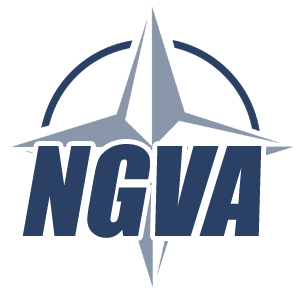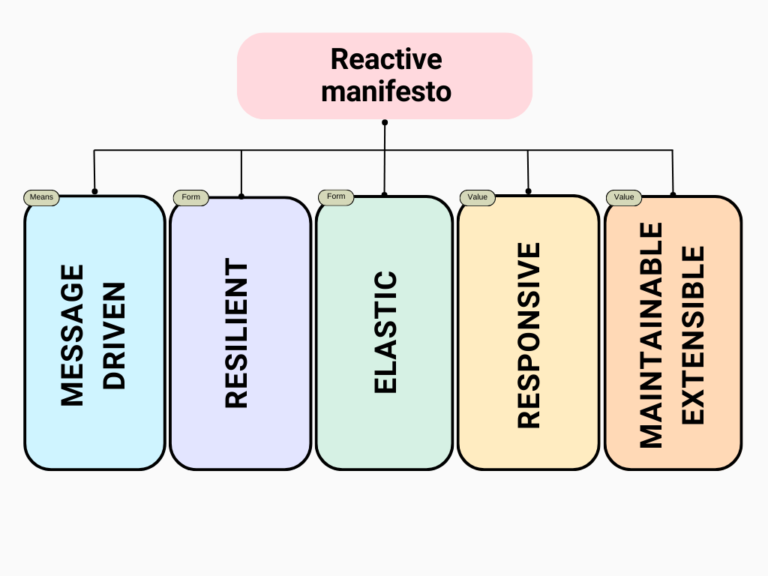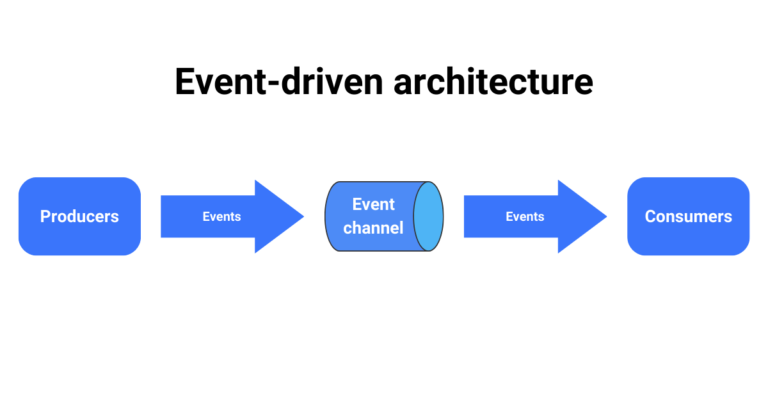DDS® in Military Vehicles – NGVA
DDS®, or Data Distribution Service™, is a communication technology that originated from the military. It’s the backbone of communication in military vehicles, ships and planes. This technology is a game-changer because it’s designed for real-time data sharing between computers and devices, ensuring high performance, scalability, reliability, and security.
Today, I want to share how DDS is integral to the NATO Generic Vehicle Architecture (NGVA), a standard that streamlines the integration of advanced systems in military vehicles.
🌟 The Journey to NGVA
As military vehicles became more complex with advanced electronics and sensors, the need for a systematic integration approach grew. This led to the development of vetronics (vehicle electronics systems), which integrates various equipment like communication radios, cameras, fire control systems, and more. After nearly 30 years of development, the Generic Vehicle Architecture (GVA) standard was born.
📐 What is GVA?
GVA, part of the Land Open System Architecture (LOSA), promotes an open architecture for easier integration and operation of different systems. It focuses on:
🔹Openness: Allowing other suppliers to integrate new or updated capabilities.
🔹Scalability: Enabling expansion by adding more devices.
🔹Modularity: Ensuring components can be easily replaced or upgraded.
GVA aims to enhance military vehicles’ effectiveness, reduce integration risks, and lower ownership costs. It standardizes how equipment should connect, communicate, and manage data and diagnostics.
🌍 NGVA: The NATO Extension
NGVA, defined in STANAG 4754, extends GVA to meet broader requirements, including unmanned systems’ integration. It simplifies, reduces costs, and speeds up subsystem integration in military land vehicles. NGVA standardizes:
🔹Architecture Approach
🔹Power Infrastructure
🔹Data Infrastructure
🔹Crew Terminal Software Architecture
🔹Data Model
🔹Safety
🔹Verification and Validation
The UK’s GVA (DEF STAN 23-09) and NATO’s NGVA (STANAG 4754) both require DDS for communication. DDS acts as the data bus connecting various vehicle subsystems, supporting LOSA’s principles by being open, modular, and scalable.
📊 NGVA Data Model
The NGVA Data Model defines data structures and formats for communication between subsystems via DDS. It covers data for sensors, effectors, crew stations, data streaming, and processing, promoting interoperability with a single, simple extensible data model.
🌏 Other Standards
Besides GVA and NGVA, other standards like VICTORY in the US and the Australian Generic Vehicle Architecture exist. DDS ensures real-time, reliable, and secure communication among various vehicle subsystems in these standards.
Now you know how NGVA and DDS technology fit into military vehicles. If you’re keen to dive deeper into DDS, check out my website, pavelpohanka.cz, where you can download a free sample of my e-book, DDS Guide.
DDS®, Data-Distribution Service™ are either registered trademarks or trademarks of Object Management Group, Inc. in the United States and/or other countries.


